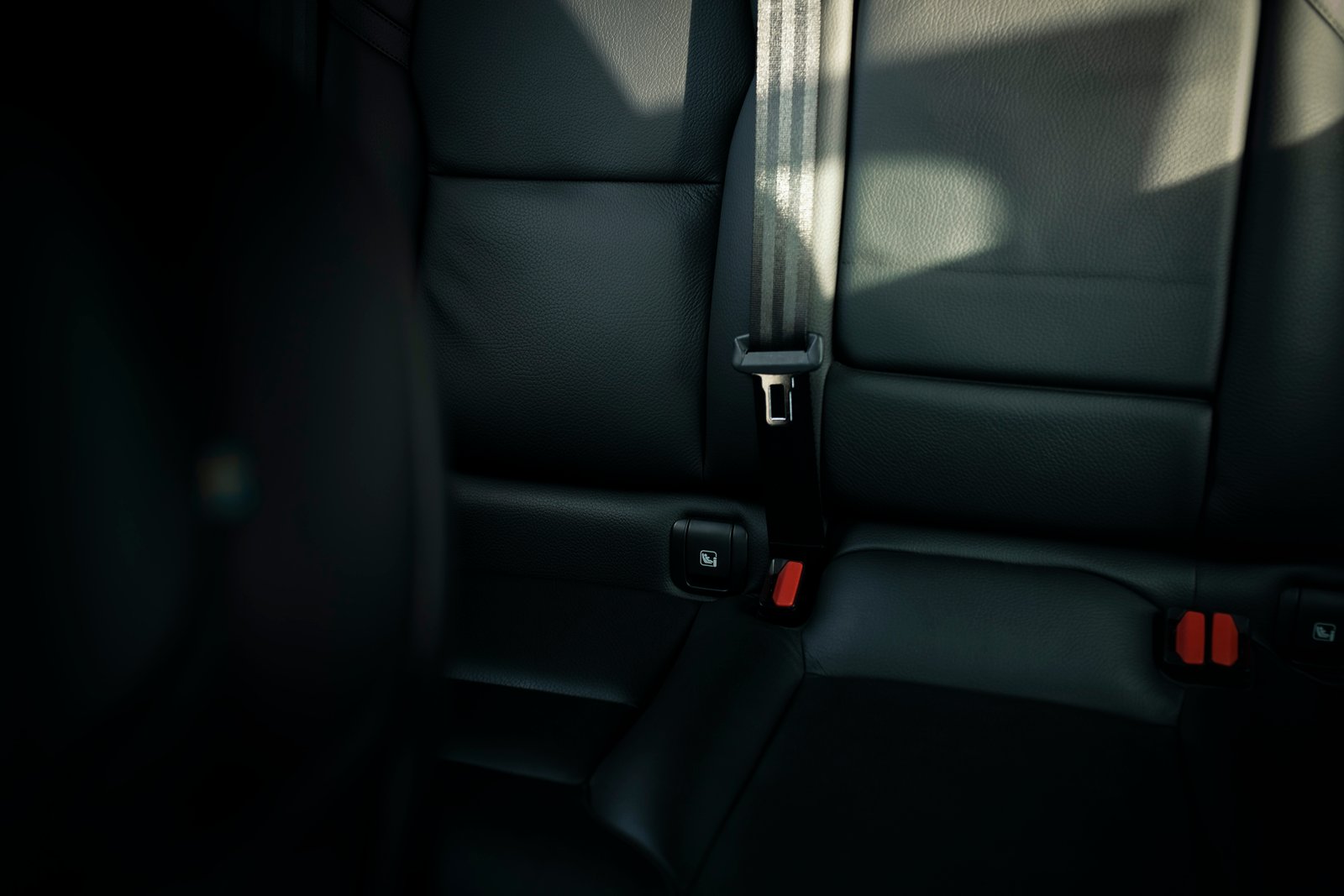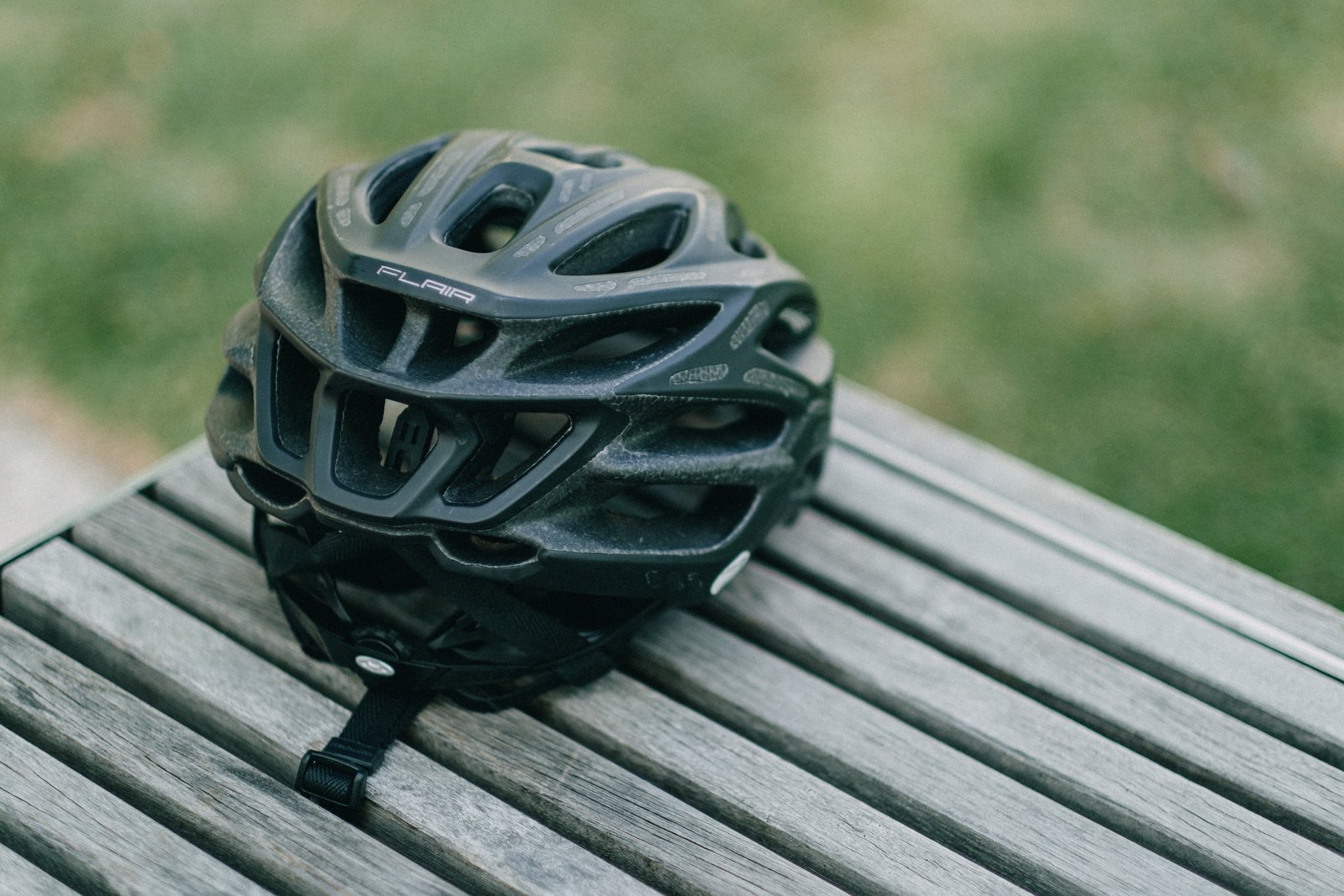How Do I Pick The Safest Helmet For My Electric Scooter Rides?
You love riding your electric scooter, but safety is always important! To make sure you stay protected, you need to choose the right helmet. But how do you find the safest one? In this article, you will learn all about picking the perfect helmet for your electric scooter rides. We will explore important factors like size, fit, and safety features, so you can enjoy your rides with peace of mind. So let’s get started and find the best helmet to keep you safe!
1. Understanding the importance of a helmet
1.1 Why wearing a helmet is crucial
When it comes to riding an electric scooter, wearing a helmet is absolutely essential. Helmets are designed to protect your head and brain from serious injuries in case of accidents or falls. Your head is the most important part of your body, and keeping it safe should be your top priority. Wearing a helmet can greatly reduce the risk of severe head injuries and even save your life.
1.2 How helmets protect against head injuries
Helmets act as a barrier between your head and any potential impact. They are made with a hard outer shell, usually made of materials like polycarbonate or ABS plastic, which helps distribute the force of impact over a larger area. Inside the helmet, there is a layer of foam or padding that absorbs the energy from a collision, reducing the force that reaches your head. This foam is called an impact-absorbing liner, and it plays a crucial role in protecting your brain from serious injury.
1.3 The legality and regulations surrounding wearing helmets
In many places, it is not just a good idea to wear a helmet when riding an electric scooter – it is the law. Different countries and cities have their own rules about wearing helmets, so it’s important to familiarize yourself with the regulations in your area. Even if it’s not required by law, it is always a smart choice to wear a helmet for your own safety. Following the rules and regulations not only keeps you safe but also sets a good example for others to follow.
2. Assessing your specific needs
2.1 Determining the type of electric scooter rides you take
Before choosing a helmet, you need to think about the type of electric scooter rides you usually take. Are you using your scooter for short, casual rides around the neighborhood, or do you take longer, more intense rides on busy streets or bike paths? Understanding the nature of your rides will help you select a helmet that is suitable for your specific needs.
2.2 Considering your riding intensity and frequency
The intensity and frequency of your rides also play a role in determining the right helmet for you. If you ride your electric scooter regularly and at high speeds, you may need a helmet with more advanced safety features and better ventilation. On the other hand, if you ride infrequently or at slower speeds, a simpler helmet may suffice. Understanding how often you ride and the level of risk involved will guide your helmet selection process.
2.3 Identifying any specific safety concerns or risks
Everyone’s riding experience is different, and you may have specific safety concerns or risks that you need to address with your helmet choice. For example, if you ride in an area with poor visibility, a helmet with integrated lights or reflective materials can make you more visible to others on the road. If you have a history of neck or spinal issues, you may want to consider a helmet that offers additional neck support. Identifying and addressing your specific safety concerns is an important step in finding the right helmet for you.

3. Understanding helmet certifications and standards
3.1 Overview of common helmet certifications
When shopping for helmets, you will come across various certifications and standards that indicate the safety and quality of the product. Some common certifications you may encounter include DOT (Department of Transportation), Snell, and ECE (Economic Commission for Europe). These certifications ensure that the helmet meets specific safety requirements and has undergone rigorous testing.
3.2 Which certifications are relevant for electric scooter riders
For electric scooter riders, it is important to look for helmets that have been certified for use on motorcycles or bicycles. Although there are currently no specific certifications for electric scooters, these certifications provide a good baseline for safety. Look for helmets that meet DOT or ECE standards, as these helmets are designed to withstand the forces involved in motorcycling and offer a higher level of protection.
3.3 Understanding the testing and requirements for each certification
Each certification has its own testing procedures and requirements that helmets must meet to be certified. For example, the DOT certification requires helmets to pass impact attenuation, penetration resistance, and peripheral vision tests. Understanding the specific testing procedures and requirements for each certification can help you make an informed decision when choosing a helmet.
4. Choosing the right helmet size and fit
4.1 Measuring your head circumference
To ensure a proper fit, you need to measure your head circumference. Take a soft tape measure and wrap it around the widest part of your head, just above your eyebrows and ears. Make sure the tape measure is snug but not too tight. Note down the measurement, as this will help you determine the right helmet size.
4.2 Understanding the importance of a snug fit
A helmet should fit snugly on your head without being too tight or too loose. A snug fit is important because it ensures that the helmet will stay in place during a crash or fall, providing maximum protection. If a helmet is too loose, it may come off during an accident, leaving your head vulnerable to injury. If it’s too tight, it can be uncomfortable and restrict blood flow. Finding the right balance is key.
4.3 Trying on helmets and ensuring proper adjustment
Once you have determined your head circumference, it’s time to try on helmets. Visit a local retailer or try virtual fitting guides online to find helmets that match your measurements. When trying on a helmet, make sure it sits level on your head, with the front edge just above your eyebrows. Adjust the straps and retention systems to ensure a secure and comfortable fit. Check for any pressure points or areas of discomfort, as these can become an issue during longer rides.

5. Evaluating helmet construction materials and design
5.1 Different helmet shell materials and their characteristics
Helmets are constructed using various materials, each with its own characteristics. The outer shell, usually made of polycarbonate or ABS plastic, is designed to withstand impact and distribute the force over a larger area. Polycarbonate shells are lightweight and offer good impact absorption, while ABS plastic shells are known for their strength and durability.
5.2 The role of impact-absorbing liners and energy management systems
Inside the helmet, you will find an impact-absorbing liner, often made of expanded polystyrene (EPS) foam. This liner plays a crucial role in absorbing and dissipating the energy from an impact, reducing the force that reaches your head. Some helmets also feature additional energy management systems, like MIPS (Multi-Directional Impact Protection System), which can provide added protection against rotational forces that can occur during certain types of impacts.
5.3 Considering helmet ventilation and comfort features
Ventilation is an important aspect to consider when choosing a helmet, especially if you ride in hot or humid conditions. Look for helmets with multiple vents and channels that allow airflow to circulate and keep your head cool. Additionally, consider comfort features like removable and washable padding, adjustable straps, and chin straps with quick-release buckles. These features can enhance your overall riding experience and ensure a comfortable fit.
6. Additional safety features to look for
6.1 Integrated lights and visibility enhancements
Some helmets are equipped with integrated lights or reflective materials to enhance your visibility while riding. These additional safety features can make you more visible to drivers and other road users, reducing the risk of accidents, especially in low-light conditions. When choosing a helmet, consider whether additional visibility enhancements are necessary based on your specific riding environment.
6.2 MIPS technology and rotational impact protection
As mentioned earlier, MIPS (Multi-Directional Impact Protection System) technology is a feature found in some helmets that provides additional protection against rotational forces. Rotational forces can occur during certain types of impacts, and MIPS helps reduce the risk of brain injuries by allowing the helmet to slide relative to the head, reducing the rotational forces transmitted to the brain.
6.3 Chin straps and retention systems
Chin straps and retention systems play a crucial role in keeping your helmet securely in place during a crash. Look for helmets with adjustable chin straps that can be snugly fastened under your chin. Additionally, retention systems, such as ratchet systems or dial-adjustable fit systems, allow you to fine-tune the fit of the helmet for maximum security and comfort.

7. Researching reputable helmet brands
7.1 Top helmet manufacturers in the industry
There are many reputable helmet manufacturers in the industry who prioritize safety and quality in their products. Some of the top helmet brands include Bell, Giro, Smith, POC, and Kask. These manufacturers have a long history of producing reliable and durable helmets that meet the highest safety standards.
7.2 Reviews and ratings for different helmet brands
Before making a decision, it’s a good idea to read reviews and check ratings for different helmet brands. Online platforms and cycling forums often provide valuable insights from other riders who have firsthand experience with specific helmet models. Pay attention to both positive and negative reviews to get a well-rounded understanding of each brand’s offerings.
7.3 Considering customer feedback and experiences
Customer feedback can be invaluable when choosing a helmet. Take the time to read reviews from other riders who have purchased the helmet you are considering. Pay attention to any recurring themes or common points raised by customers. Their experiences can provide you with valuable information about the helmet’s quality, durability, and overall performance.
8. Evaluating helmet pricing and budgeting
8.1 Understanding the price range for quality helmets
Helmets can vary in price depending on factors such as brand reputation, features, and materials used. Higher-priced helmets often offer advanced safety features, better ventilation, and improved comfort. However, it’s important to note that a higher price does not always guarantee better protection. It’s possible to find high-quality helmets at a more affordable price point. Understanding the general price range for quality helmets will help you set a realistic budget.
8.2 Balancing budget considerations with safety requirements
While it’s important to consider your budget when purchasing a helmet, safety should always be the top priority. Investing in a helmet that meets safety standards and offers adequate protection is crucial, as it can potentially save your life or prevent serious injuries. Try to find a balance between your budget considerations and the safety requirements of your specific riding needs.
8.3 Comparing pricing options and identifying the best value
Once you have determined your budget and safety requirements, it’s time to compare pricing options from different brands and retailers. Look for helmets that offer good value for money, considering factors such as safety features, durability, and customer reviews. Don’t be swayed solely by price; instead, focus on finding a helmet that offers the best combination of safety, comfort, and affordability.

9. Trying on and testing potential helmet choices
9.1 Visiting local retailers and trying on helmets
Visiting local retailers is a great way to try on different helmet options and get a feel for their fit and comfort. Retailers often have knowledgeable staff who can assist you in finding the right helmet for your needs. Trying on helmets in person allows you to assess their weight, ventilation, and overall feel, helping you make an informed decision.
9.2 Assessing helmet comfort and fit through extended wear
When trying on potential helmet choices, it’s important to wear them for an extended period to evaluate their comfort. Walk around the store with the helmet on, paying attention to any pressure points or discomfort that may arise over time. Remember, a helmet should feel comfortable even during long rides to ensure you won’t be tempted to take it off.
9.3 Utilizing online resources and virtual fitting guides
If visiting local retailers is not an option, you can still utilize online resources and virtual fitting guides to help you choose the right helmet. Many helmet manufacturers offer sizing charts and fitting guides on their websites, allowing you to measure your head circumference and find the corresponding helmet size. Some websites also provide virtual fitting simulations, which can give you an idea of how a helmet will look and fit on your head.
10. Maintaining and replacing your helmet
10.1 Proper helmet care and cleaning procedures
To ensure your helmet remains in optimal condition, it’s important to follow proper care and cleaning procedures. Avoid using harsh chemicals or solvents, as they can damage the helmet’s materials. Instead, use a mild detergent or soap and warm water to clean the outer shell and padding. Allow the helmet to air dry before storing it in a cool, dry place away from direct sunlight.
10.2 Recognizing signs for helmet replacement
Helmets have a limited lifespan and should be replaced if they have been involved in a crash or if they show signs of wear and tear. Look out for any cracks, dents, or deformations in the outer shell or foam liner, as these can compromise the helmet’s effectiveness. Additionally, if the helmet no longer fits properly or if the straps or retention systems are damaged, it’s time to consider replacing it.
10.3 Establishing a schedule for regular helmet inspections
Regular helmet inspections are an important part of ensuring ongoing safety. Set a schedule to inspect your helmet for any signs of damage or deterioration. Check the straps, buckles, and retention systems to ensure they are in good working condition. Performing regular inspections will help you catch any potential issues early on and allow you to take appropriate action, whether it’s repairing or replacing the helmet.
By following these comprehensive steps, you can pick the safest helmet for your electric scooter rides. Remember, your safety should always be a priority, and wearing a helmet is a smart and responsible choice. Enjoy your rides with peace of mind, knowing that you have taken the necessary precautions to protect yourself.

